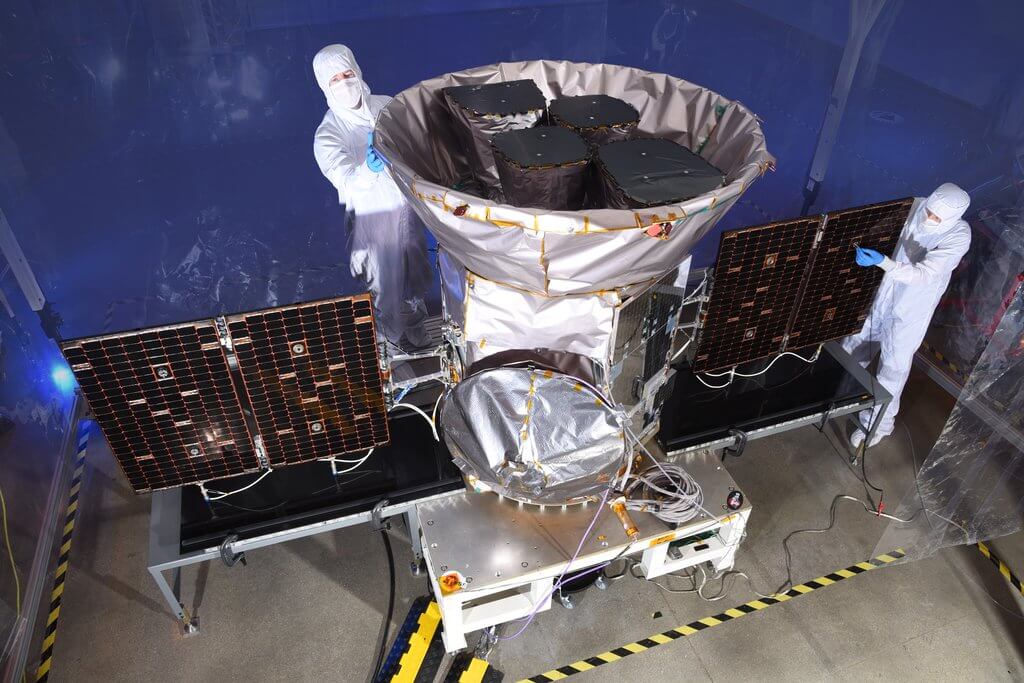
During the nine years of its work space telescope “Kepler” managed to make many amazing discoveries. With the help of this device, scientists have confirmed the existence of exoplanets 2245 and found 2342 candidate in the list of these heavenly bodies. But all sometime comes to an end. Here is the “Kepler” telescope will soon go down in history as one of the most amazing tools developed by human civilization. The fact that the telescope runs out of fuel. According to experts of NASA, it spacecraft left for a few months.
“Our current calculations show that fuel reserves “Kepler” left for a few months. However, it should be noted that the device during its work has managed to surprise us with its performance,” — said in a press release, NASA system engineer for the space mission “Kepler” Charlie Sobek.
“We are aware and ready that soon, the telescope completes its scientific activity, but the moment its fuel completely runs out, we will continue to work with him.”
Speaking about the surprise, Sobek, most likely, is referring to the incident that occurred in 2013 and then nearly put an end to the further work of the telescope. At that time there was a breakdown of one of the reaction wheels responsible for the orientation of the device in space. In the end, NASA engineers came to a very interesting decision, and instead of the failed motor orientation as a stabilizing factor started to use the pressure of solar radiation. Thus began a new life, “Kepler”, called “K2 mission”. Since then, the machine had every three months to change direction and explore different parts of outer space. Each such change of direction, NASA called “campaigns” and already at that time revealed that the fuel unit will last about 10 such campaigns. In the framework of the K2 mission “Kepler” has completed 16 research campaigns. At the moment there is 17th.

The artistic representation of the planetary system KOI-961, open the “Kepler”
Now Kepler is about 140 million miles, so even if you want the Agency could not send to him a spacecraft to refuel. For the remaining time the team of Sobek will try to squeeze out of it, that is, the last juices to make sure that all the data that Kepler has collected and still have time to collect will be sent to the Ground.
Once at the telescope runs out of fuel, mission, engineers will not be able to run his engines for orientation in space, to direct its transmitting antenna toward Earth. The unit itself is not equipped with a system that would show how much fuel he has left, so the NASA team remains except to follow the signs (pressure drop in the fuel tank or the low performance motors), which could point to the final destruction of the telescope.
Despite the quick and inevitable death of the telescope, astronomers soon will do. The device has gathered much scientific data, that their complete analysis may require more than one year. As mentioned above, more than 2000 discovered a telescope celestial bodies that have the status of candidates in exoplanets, so work is still very much.

December 2017. Engineers have finished the Assembly of the telescope TESS
In addition, just a month expected to launch the successor to “Kepler” transit space telescope TESS. The start is scheduled for April 16 and will be carried out with the help of rocket Falcon 9 SpaceX.
After a few months, the space telescope “Kepler” will be history
Nikolai Khizhnyak